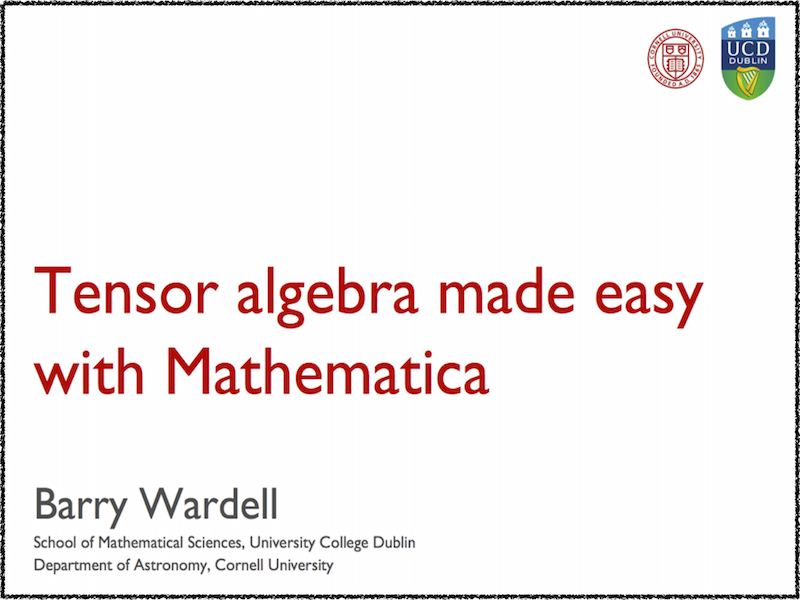The preprint of my latest paper with Niels Warburton is now available on the arXiv. The abstract for the article is below:
With a view to developing a formalism that will be applicable at second perturbative order, we devise a new practical scheme for computing the gravitational self-force experienced by a point mass moving in a curved background spacetime. Our method works in the frequency domain and employs the effective-source approach, in which a distributional source for the retarded metric perturbation is replaced with an effective source for a certain regularized self-field. A key ingredient of the calculation is the analytic determination of an appropriate puncture field from which the effective source and regularized residual field can be calculated. In addition to its application in our effective-source method, we also show how this puncture field can be used to derive tensor-harmonic mode-sum regularization parameters that improve the efficiency of the traditional mode-sum procedure. To demonstrate the method, we calculate the first-order-in-the-mass-ratio self-force and redshift invariant for a point mass on a circular orbit in Schwarzschild spacetime.
Update: The paper has now been published as Phys. Rev. D92, 084019 (2015).
 On Tuesday, March 24 2015 I gave a talk at Perimeter Institute in Waterloo, Canada. In the presentation, I described
On Tuesday, March 24 2015 I gave a talk at Perimeter Institute in Waterloo, Canada. In the presentation, I described